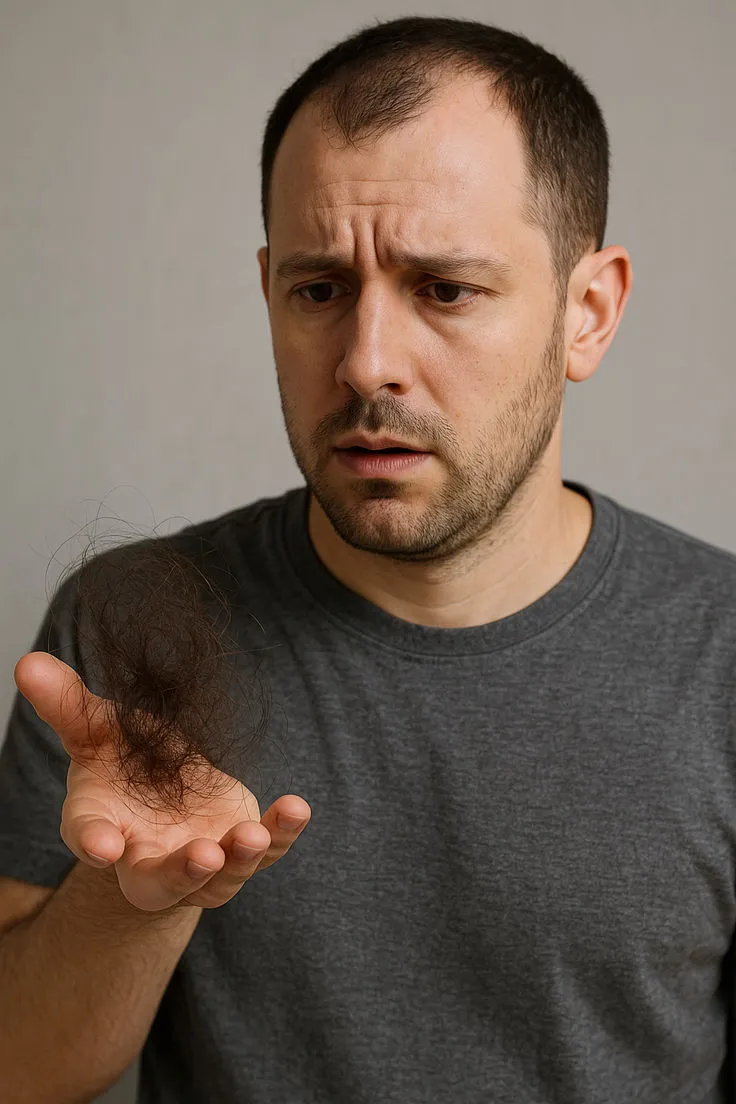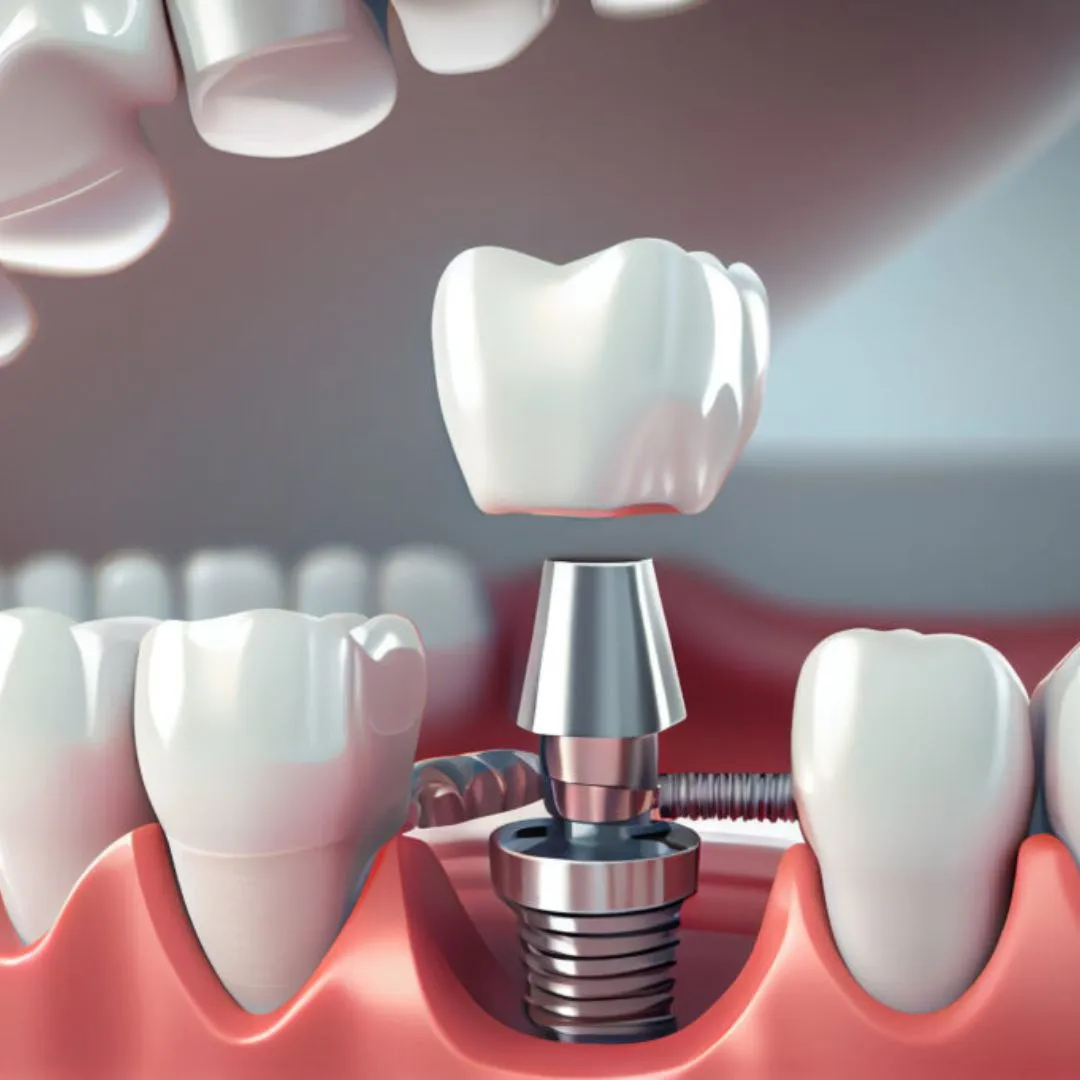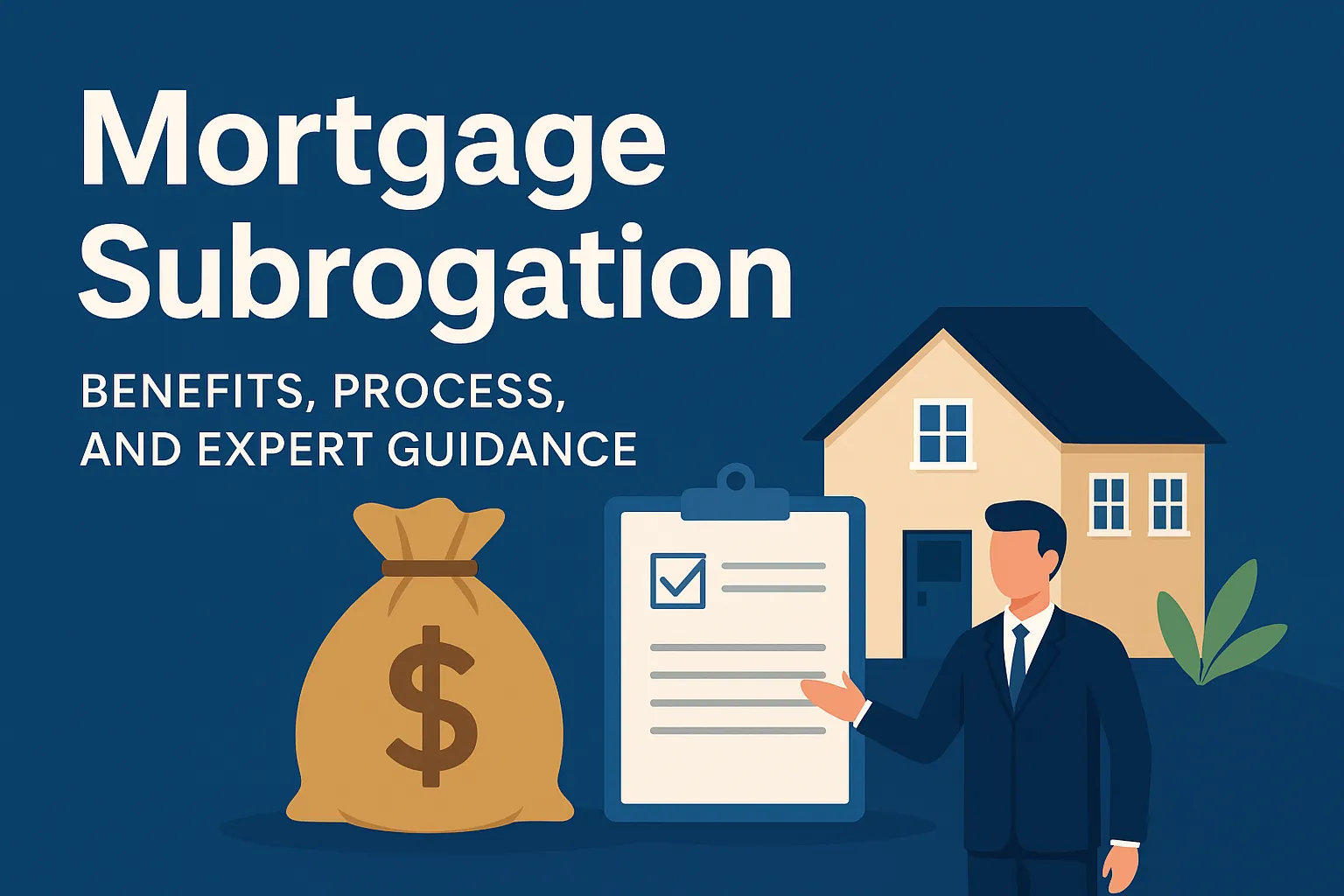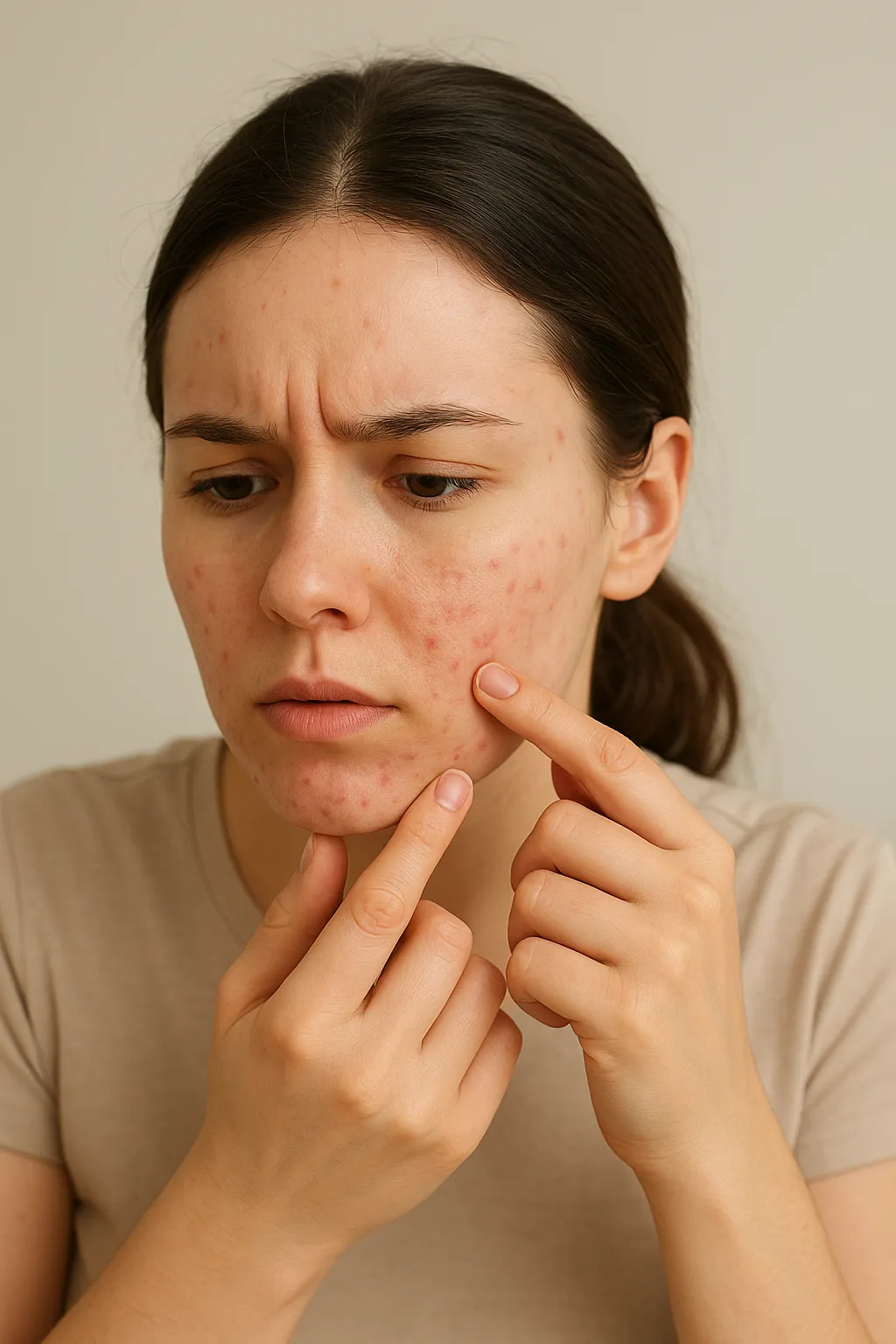Understanding Hair Loss: Causes, Symptoms and Solutions
Hair loss is a common concern affecting millions of people worldwide. While shedding 50-100 strands daily is considered normal, excessive hair thinning can signal underlying health issues. Gradual hair thinning without apparent reason may be your body's way of communicating deeper imbalances that require attention.
Common Symptoms of Abnormal Hair Thinning
Recognizing the difference between normal hair shedding and problematic hair loss is crucial. Here are key indicators that your hair thinning might be beyond the normal range:
Visible Signs on Your Scalp
- Widening part line
- Increased visibility of the scalp through hair
- Receding hairline (particularly in men)
- Thinning at the crown area
- Overall reduced hair density
Changes in Hair Texture and Growth
- Hair that breaks easily
- Finer, weaker hair strands
- Slower hair growth
- Hair that doesn't grow as long as it used to
- Increased shedding during washing or brushing
Additional Warning Signs
- Finding more hair on your pillow
- Clogged shower drains
- Hair that comes out in clumps
- Scalp irritation or discomfort
- Changes in hair distribution
If you've noticed several of these symptoms persisting for more than a few weeks, it's time to investigate potential underlying causes.
Hormonal Imbalances: A Primary Culprit
Hormones play a vital role in regulating the hair growth cycle. When hormonal balance is disrupted, it can significantly impact hair health and lead to thinning.
Thyroid Dysfunction
The thyroid gland produces hormones that regulate metabolism and many bodily functions, including hair growth. Both hypothyroidism (underactive thyroid) and hyperthyroidism (overactive thyroid) can cause hair thinning.
With hypothyroidism, hair becomes brittle, dry, and more prone to falling out. The hair loss is typically diffuse, affecting the entire scalp rather than specific areas. Hyperthyroidism can similarly cause hair to become fine and brittle.
Common symptoms accompanying thyroid-related hair loss include:
- Fatigue
- Weight changes (gain with hypothyroidism, loss with hyperthyroidism)
- Sensitivity to cold or heat
- Irregular heartbeat
- Changes in skin texture
Testosterone and DHT
Dihydrotestosterone (DHT), a derivative of testosterone, is a primary factor in androgenetic alopecia, commonly known as male or female pattern baldness. DHT can shrink hair follicles, shortening the growth phase and leading to progressively thinner hair.
In men, this typically presents as a receding hairline and baldness at the crown. Women usually experience overall thinning, particularly along the part line, while maintaining the frontal hairline.
Conditions that might increase DHT sensitivity or production include:
- Polycystic ovary syndrome (PCOS)
- Hormonal changes during perimenopause and menopause
- Certain medications
- Genetic predisposition
Estrogen Fluctuations
Estrogen generally helps maintain hair in its growth phase. When estrogen levels drop, as during menopause, pregnancy, or after discontinuing birth control pills, many women experience increased hair shedding.
This type of hair loss, called telogen effluvium, often appears 3-6 months after a hormonal shift and typically resolves once hormones stabilize. However, for women entering menopause, the hair changes may be more permanent as estrogen levels remain lower.
Cortisol and Stress Hormones
Chronic stress elevates cortisol levels, which can push hair follicles from the growth phase (anagen) to the resting phase (telogen) prematurely. This disruption can lead to increased shedding and thinning over time.
Additionally, stress hormones can:
- Constrict blood vessels, reducing nutrient flow to hair follicles
- Trigger inflammatory responses that affect the scalp
- Exacerbate existing hormonal imbalances
- Lead to stress-related behaviors like hair pulling
Nutritional Deficiencies and Hair Health
Your hair requires specific nutrients to maintain its strength and growth cycle. Deficiencies can manifest as thinning, brittle hair, or excessive shedding.
Iron Deficiency
Iron is essential for producing hemoglobin, which carries oxygen to cells throughout the body, including hair follicles. Without adequate oxygen, follicles can't function optimally, leading to hair loss.
Iron deficiency is particularly common in:
- Menstruating women
- Pregnant women
- People with gastrointestinal disorders affecting absorption
- Those following restrictive diets
- Athletes (especially female endurance athletes)
Besides hair thinning, symptoms of iron deficiency might include fatigue, pale skin, brittle nails, and feeling cold frequently.
Vitamin D Deficiency
Research has established links between vitamin D deficiency and various hair loss conditions, including alopecia areata and female pattern hair loss. Vitamin D appears to play a role in hair follicle cycling and immune regulation at the follicle level.
Risk factors for vitamin D deficiency include:
- Limited sun exposure
- Darker skin tones (which produce less vitamin D from sunlight)
- Living in northern latitudes
- Certain medical conditions affecting fat absorption
- Age (older adults produce less vitamin D)
B Vitamin Complex
Several B vitamins are crucial for hair health:
- Biotin (B7): Perhaps the most well-known B vitamin for hair health, biotin deficiency can lead to hair thinning and brittle nails.
- Folate (B9): Important for cell growth, including hair follicle cells.
- B12: Essential for red blood cell production and oxygen delivery to tissues, including hair follicles.
B vitamin deficiencies can occur due to poor diet, certain medications, gut health issues, or increased needs during pregnancy.
Protein Inadequacy
Hair is comprised primarily of a protein called keratin. Without sufficient dietary protein, the body conserves available protein for essential functions, potentially reducing the amount allocated to hair growth.
Signs of protein inadequacy affecting hair include:
- Hair that grows slowly
- Hair that breaks easily
- Hair that appears dull and lacks elasticity
- Excessive shedding 2-3 months after reducing protein intake
Essential Fatty Acids
Omega-3 and omega-6 fatty acids contribute to scalp health and help maintain hair hydration. Deficiency can result in dry, brittle hair and a dry, flaky scalp that doesn't support optimal hair growth.
Good sources include:
- Fatty fish (salmon, mackerel)
- Walnuts and flaxseeds
- Plant oils like olive and avocado
Chronic Stress and Hair Loss: The Connection
The relationship between stress and hair loss is complex and bidirectional. Stress can trigger or worsen hair loss, while hair loss itself often causes significant emotional distress.
The Biology of Stress-Related Hair Loss
Under chronic stress, several physiological changes occur that can impact hair growth:
- Telogen effluvium: Stress can force a larger percentage of hair follicles into the resting phase, resulting in increased shedding 2-3 months later.
- Inflammatory responses: Chronic stress triggers inflammatory processes that may affect the hair follicle environment.
- Microcirculation changes: Stress hormones can constrict blood vessels, reducing blood flow and nutrient delivery to follicles.
- Oxidative stress: Prolonged stress increases free radical production, potentially damaging follicles.
Stress-Related Hair Loss Conditions
Several hair loss conditions have strong associations with stress:
- Telogen effluvium: Characterized by diffuse shedding throughout the scalp following a stressful event.
- Alopecia areata: An autoimmune condition resulting in patchy hair loss, often triggered by severe stress.
- Trichotillomania: A compulsive hair-pulling disorder frequently associated with anxiety and stress.
- Exacerbation of androgenetic alopecia: Stress can accelerate genetic pattern hair loss.
The Stress-Hair Loss Cycle
Many people find themselves caught in a distressing cycle:
- Stress leads to increased hair shedding
- Noticing hair loss creates more anxiety and stress
- Increased stress worsens hair loss
- The cycle continues and intensifies
Breaking this cycle often requires addressing both the hair loss and the stress simultaneously.
Other Medical Conditions Associated with Hair Thinning
Besides hormonal imbalances, nutritional deficiencies, and stress, several other health conditions can manifest with hair thinning as a symptom.
Autoimmune Disorders
The immune system sometimes mistakenly attacks hair follicles, leading to hair loss. Common autoimmune conditions associated with hair thinning include:
- Alopecia areata: Results in coin-sized patches of hair loss
- Lupus: Can cause hair thinning along with other symptoms
- Hashimoto's thyroiditis: An autoimmune thyroid condition
- Psoriasis: When affecting the scalp, can interfere with hair growth
Scalp Infections
Various infections can affect the scalp and hair follicles:
- Fungal infections: Like tinea capitis (ringworm)
- Bacterial folliculitis: Inflammation of hair follicles
- Seborrheic dermatitis: Can cause scaling and affect hair growth
Metabolic Conditions
- Diabetes: Can affect circulation to the scalp and disrupt the hair growth cycle
- PCOS: Causes hormonal imbalances that can lead to hair thinning
- Metabolic syndrome: Associated with various hormonal changes affecting hair
When to See a Healthcare Provider
If you're experiencing hair thinning, consulting with healthcare professionals can help identify underlying causes and determine appropriate treatments. Consider seeking medical advice if:
- Hair loss is sudden or severe
- You notice patchy hair loss
- Hair loss is accompanied by scalp pain, itching, or other symptoms
- You have other concerning symptoms (fatigue, weight changes, etc.)
- Hair loss is causing significant emotional distress
- Self-care measures haven't improved the situation after 3-6 months
Types of Specialists
Several types of healthcare providers can help with hair loss:
- Dermatologist: Specializes in skin, hair, and nail conditions
- Endocrinologist: Addresses hormonal imbalances
- Trichologist: Focuses specifically on hair and scalp issues
- Registered Dietitian: Can evaluate and address nutritional deficiencies
- Primary Care Provider: Good starting point who can refer to specialists as needed
Diagnostic Tests
Your healthcare provider might recommend various tests:
- Blood tests to check hormone levels (thyroid, testosterone, etc.)
- Nutrient level assessments (iron, vitamin D, zinc, etc.)
- Scalp biopsy in some cases
- Hair pull test to assess shedding rate
- Dermoscopy to examine hair follicles closely
Holistic Approaches to Managing Hair Thinning
Addressing hair thinning often requires a multi-faceted approach targeting underlying causes while supporting overall hair health.
Nutrition for Hair Health
A balanced diet rich in hair-supporting nutrients can make a significant difference:
- Protein: Include lean meats, fish, eggs, legumes, or plant-based protein sources.
- Iron: Incorporate red meat, spinach, lentils, and other iron-rich foods.
- Omega-3 fatty acids: Found in fatty fish, walnuts, flaxseeds, and chia seeds.
- Vitamins A, C, D, E: Eat a rainbow of fruits and vegetables, along with appropriate sun exposure for vitamin D.
- B vitamins: Whole grains, meat, eggs, nuts, and seeds.
- Zinc: Oysters, beef, pumpkin seeds, and lentils.
Stress Management Techniques
Reducing stress can help break the stress-hair loss cycle:
- Mindfulness meditation: Even 10 minutes daily can reduce stress hormones.
- Regular exercise: Helps regulate hormones and reduce stress.
- Adequate sleep: Crucial for hormonal balance and recovery.
- Breathing exercises: Can activate the parasympathetic nervous system.
- Therapy or counseling: Particularly helpful for chronic stress or anxiety.
- Social connection: Spending time with supportive people buffers against stress.
Gentle Hair Care Practices
Proper hair care can prevent further damage to thinning hair:
- Avoid harsh chemical treatments and excessive heat styling
- Use a wide-tooth comb instead of brushes, especially when hair is wet
- Choose sulfate-free, gentle shampoos
- Consider reducing washing frequency to preserve natural oils
- Avoid tight hairstyles that pull on the hair
- Use silk or satin pillowcases to reduce friction
Scalp Care
A healthy scalp environment supports hair growth:
- Regular gentle scalp massage to stimulate circulation
- Exfoliation to remove buildup that may block follicles
- Treatment of any underlying scalp conditions
- Protection from excessive sun exposure
- Maintaining proper scalp moisture balance
Medical and Professional Treatments
When self-care measures aren't sufficient, medical interventions may help address hair thinning:
Prescription Medications
- Minoxidil: Topical treatment that extends the growth phase and increases hair diameter
- Finasteride: Oral medication that blocks DHT (primarily prescribed for men)
- Spironolactone: Helps women with androgenetic hair loss by blocking androgen effects
- Hormone replacement therapy: May help when hair loss is related to hormonal imbalances
- Corticosteroids: For inflammatory or autoimmune hair loss conditions
In-Office Procedures
- Platelet-rich plasma (PRP): Injections of concentrated platelets from your own blood to stimulate growth
- Low-level laser therapy: Uses red light to stimulate circulation and hair growth
- Hair transplantation: Surgical option for moving hair follicles from one area to another
- Scalp micropigmentation: A tattooing technique that creates the appearance of hair follicles
Complementary Therapies
- Acupuncture: May help increase blood flow to the scalp
- Essential oils: Some, like rosemary, show promise for hair growth
- Massage therapy: Improves circulation and reduces stress
- Herbal supplements: Some traditional remedies may support hair health
Conclusion: A Patient, Holistic Approach
Hair thinning without apparent reason often signals that your body is experiencing imbalances that require attention. Rather than focusing solely on external treatments, addressing the root causes—whether hormonal, nutritional, stress-related, or medical—offers the best chance for improvement.
Remember that hair growth is a slow process, and any treatment approach requires patience, typically 3-6 months before results become visible. Working with healthcare providers to identify specific underlying factors in your case can help create a targeted, effective treatment plan.
By combining proper nutrition, stress management, gentle hair care, and appropriate medical interventions, many people successfully manage hair thinning and restore healthier hair growth. The journey requires patience and consistency, but understanding the complex factors affecting your hair is the crucial first step toward effective solutions.











